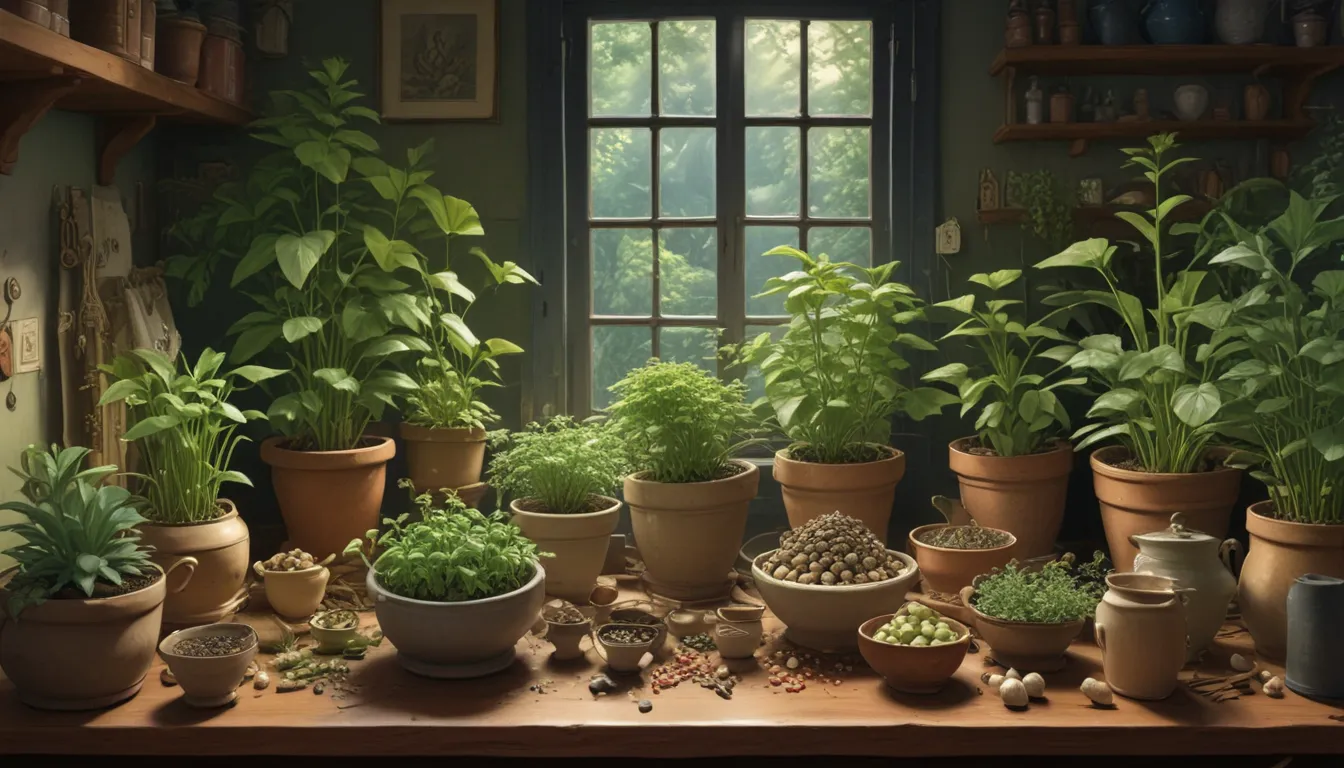How to Cultivate Flavorful Cardamom in Your Home Garden

Cardamom, with its unique blend of spicy, citrusy, and minty flavors, is a delicious spice that adds depth to various culinary dishes. This tropical perennial herb, treasured for its use in Indian, Middle Eastern, and Swedish cuisines, is a valuable addition to any home garden. In this comprehensive guide, we will delve into the world of cardamom cultivation, from its history to harvesting and preserving, so you can enjoy this flavorful spice right from your backyard.
All About Cardamom
Cardamom is a spice derived from the seeds of two species in the genera Elettaria and Amomum within the Zingiberaceae family. The spice is obtained from the seeds found in small pods with a paper-like outer covering and a triangular cross-section. Green cardamom, specifically Elettaria cardamomum, is the focus of this guide, known for its labor-intensive harvesting process that contributes to its high value in the spice market.
Native to the mountainous forests of southwest India, cardamom has a rich history dating back at least 4,000 years. It has been used in various cuisines around the world, including Roman, Greek, and Egyptian, and even found its way to Scandinavia, where it became a popular ingredient in traditional dishes. Today, Saudi Arabia, Kuwait, and Guatemala are the primary importers and producers of cardamom.
How to Cultivate Cardamom
Propagation
-
From Seed: Plant cardamom seeds specifically designed for cultivation, following a series of steps that involve treating the seeds with a nitric acid solution. Germination can take up to 40 days, requiring a partially shady spot with rich, slightly acidic soil.
-
Division: Alternatively, propagate cardamom by dividing rhizomes that are at least one year old, ensuring each section has two growing stems for optimal growth.
Growing Tips
- Water: Keep the soil consistently moist, particularly in regions with limited rainfall.
- Sunlight: Ensure plants are partially shaded to prevent excessive sun exposure.
- Temperature: Protect plants from chilly temperatures, particularly during colder months.
Purchasing Options
In the United States, options for purchasing cardamom are limited, with seeds or live plants being the primary choices. Consider buying a potted cardamom plant from reputable suppliers such as Burpee for ease of cultivation.
Managing Pests and Disease
- Insects: Address thrips using traps and monitor for nematodes that can cause root damage.
- Disease: Prevent fungal and oomycete diseases by maintaining a clean growing area and treating with fungicides as necessary.
Harvesting and Preserving
- Harvest cardamom pods in the fall, about 30-40 days after flowering, ensuring they are picked just before fully ripening.
- Preserve harvested pods by washing them thoroughly and drying them at low temperatures to retain flavor, whether in a dehydrator or under the sun.
Quick Reference Growing Chart
- Plant Type: Upright clumping perennial
- Hardiness (USDA Zone): 10-11
- Exposure: Part to full sun
- Spacing: Up to 48 inches
- Water Needs: High
- Soil pH: Slightly acidic, 6.1-6.6
- Height: Up to 5 feet
- Spread: 2-4 feet
Recipes and Cooking Ideas
Incorporate cardamom into your culinary creations with recipes such as Sweet and Crunchy Cardamom Saffron Cookies, Cool and Creamy Indian Lassi, or Twisted Cinnamon and Cardamom Loaf. These delightful dishes showcase the versatility of cardamom in both sweet and savory applications, adding a burst of flavor to your meals.
Embark on a Flavorful Journey
Though limited to specific regions for outdoor cultivation, cardamom can thrive in containers with the right care and attention. Imagine the satisfaction of harvesting your own flavorful spice right from your backyard. Whether you’re a seasoned gardener or a novice looking to expand your herb garden, growing cardamom can be a rewarding experience that adds a touch of exoticism to your culinary repertoire.
Are you ready to embark on the journey of growing your own cardamom? Share your experiences or seek advice in the comments section below. We’d love to hear from fellow gardeners exploring the world of exotic herbs and spices.
If you found this guide informative, explore other culinary treats such as how to grow sage, plant and cultivate ginger, harvest turmeric, or grow bay laurel to enhance your culinary adventures.
*





